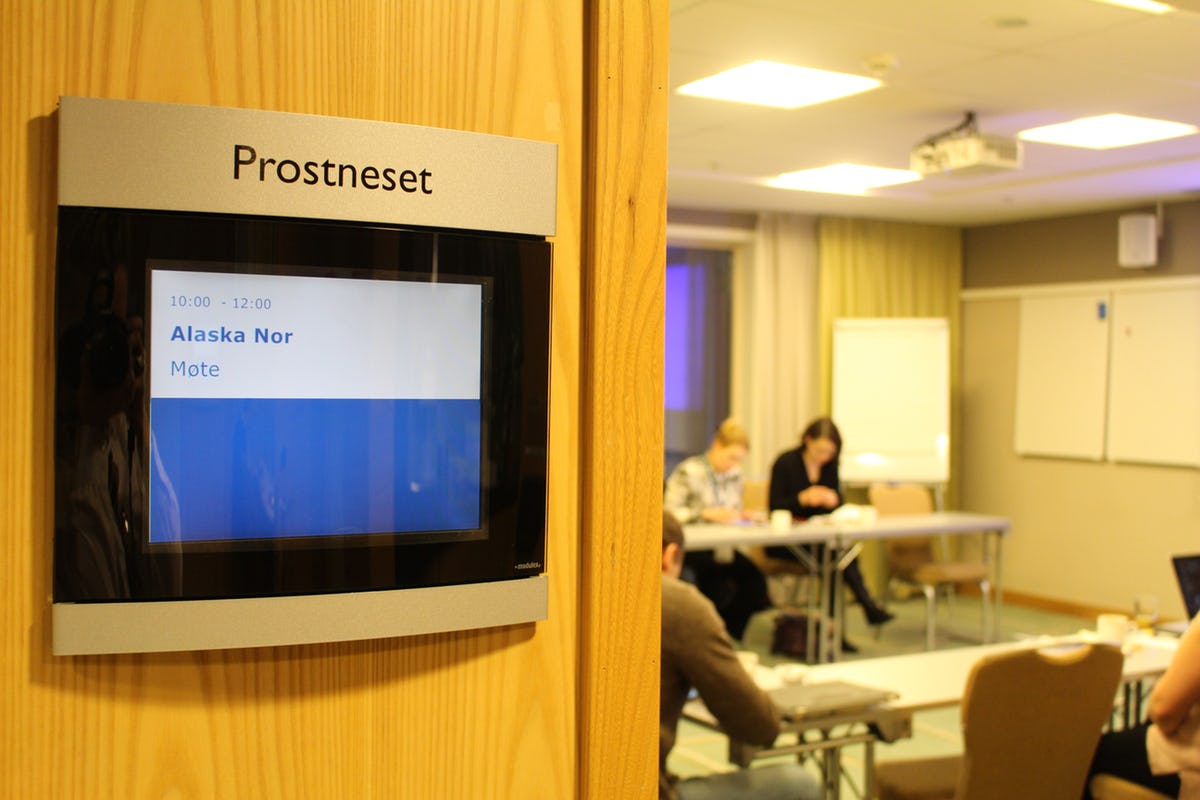Governing the Blue Economy in Alaska and North Norway

The 4th AlaskaNor project meeting took place in Tromsø, Norway on 23 January 2019. Photo: Trine Jonassen
The Arctic is changing, and it’s changing fast. So far, we are still in the process of learning about these changes, which may be environmental, technological, and social in nature. With so much of the Arctic consisting of oceans, the area’s potential is heavily dependent on the “blue economy”. This entails utilizing ocean-based resources to the benefit of the global population, Arctic states and local communities. Obvious lessons of relevance concerning resource utilization and local adaptation are, however, seldom shared between Arctic regions. We need to strengthen the dialogue between the different Arctic stakeholders, openly sharing and discussing knowledge and experiences internationally.
This is what the AlaskaNor-project has set out to do, among others, with a view to the blue governance structures of the Arctic United States (Alaska) and North Norway. Both regions share similar characteristics. Their dependence on maritime industries and potential for the blue economy stand out. A key component of the project has been to map potential areas for expanded collaboration. What opportunities exist for cooperation and collaboration between Alaska and North Norway? Are there best practices and lessons that hold relevance across the regions?
The initial step in such an undertaking is to give an overview of how the blue economy is managed and regulated in Alaska and North Norway. Global ocean law gives the coastal state relatively free reign in regulation of its blue economy, yet several international and transnational norm-making processes influence Arctic coastal-state regulation and govern ocean activities. Most important is the 1982 UN Convention on the Law of the Sea (UNCLOS) which codifies customary international law as regards use of the oceans and provides the basic legal framework for managing all marine activities, in the Arctic as elsewhere. It allocates regulatory competence differently among coastal states and flag states, depending on type of activity and distance from the coast. However, the predominant mode of governance for Arctic maritime activities will remain unilateral management by each of the five coastal states. Thus, the international, national and local legal and political frameworks need to be mapped.
In the AlaskaNor-project, we – the Fridtjof Nansen Institute with the support of our Work Package partners – have introduced how five sectors of importance for the development of the blue economy is governed: offshore petroleum, maritime transportation/shipping offshore wind, fisheries and aquaculture. How are these areas governed as activities increase in Arctic waters and where can coordination and cooperation be strengthened? It is important to acknowledge that there are a number of differences between the management systems in the two regions of the Arctic. For example, when looking at aquaculture, comparing Alaska and North Norway is a bit like comparing apples and oranges. Alaska has banned offshore fish farms apart from shellfish, and Norway is a world leading producer and exporter of salmon. Looking at offshore petroleum we see that both Alaska and North Norway have highly developed and complex regulatory systems. An important distinction is, however, that the U.S. system is mainly prescriptive, requiring industry standards through regulatory incorporation, setting specific technical and procedural requirements. In Norway, there are few mandatory technical requirements and can be characterized as a performance-based regulatory system. Considering shipping, however, international and regional regulations like the Polar Code hold greater degrees of relevance.
The main point in our study – which can be downloaded below – is that despite differences between different issue areas and regulatory systems, we need to strengthen the dialogue between the Arctic governance stakeholders by openly sharing and discussing knowledge and experiences in how the blue economy is regulated. Although the Law of the Sea provides the basic legal framework for the region, there is still much room for Arctic citizens and decision-makers to learn from each other. This is already happening in forums such as the Arctic Council and the Barents Euro-Arctic Council, but this work should be strengthened through a focus on the exchange of experiences and best practice. A comparison of Alaska and northern Norway is a contribution in this respect, and the AlaskaNor project is a first necessary step.